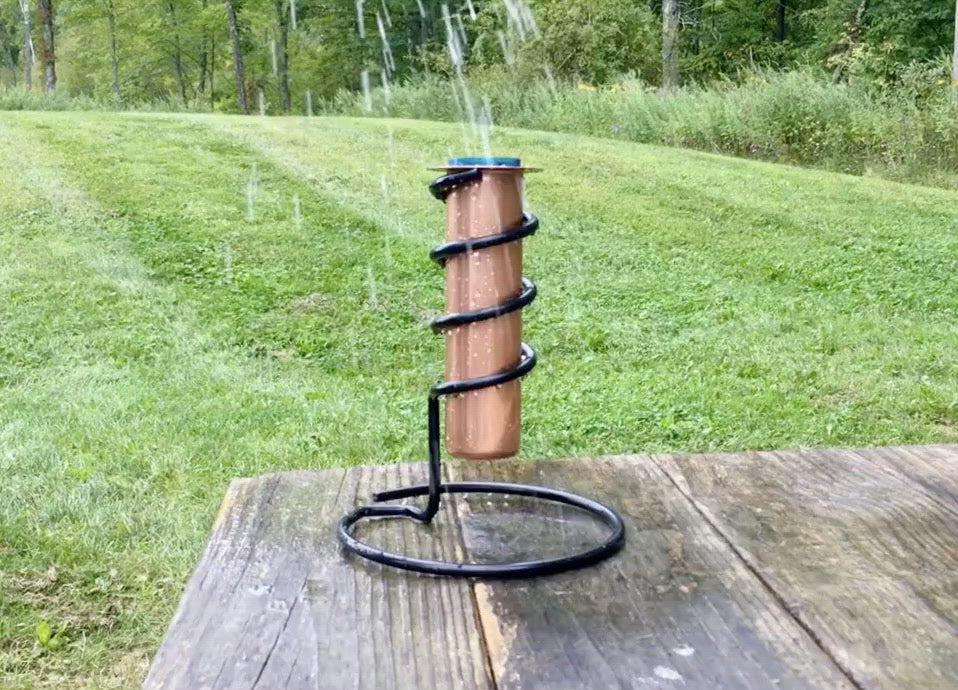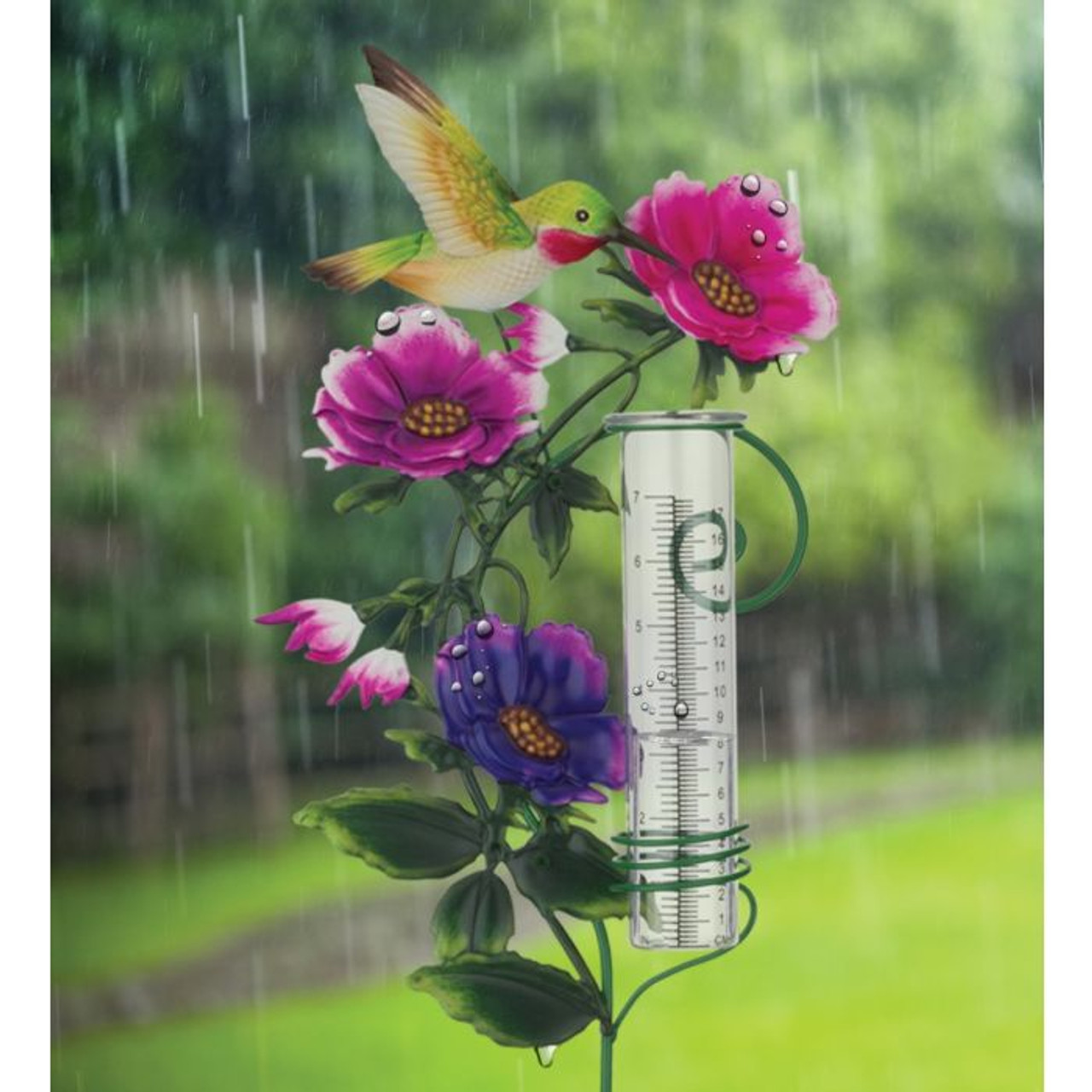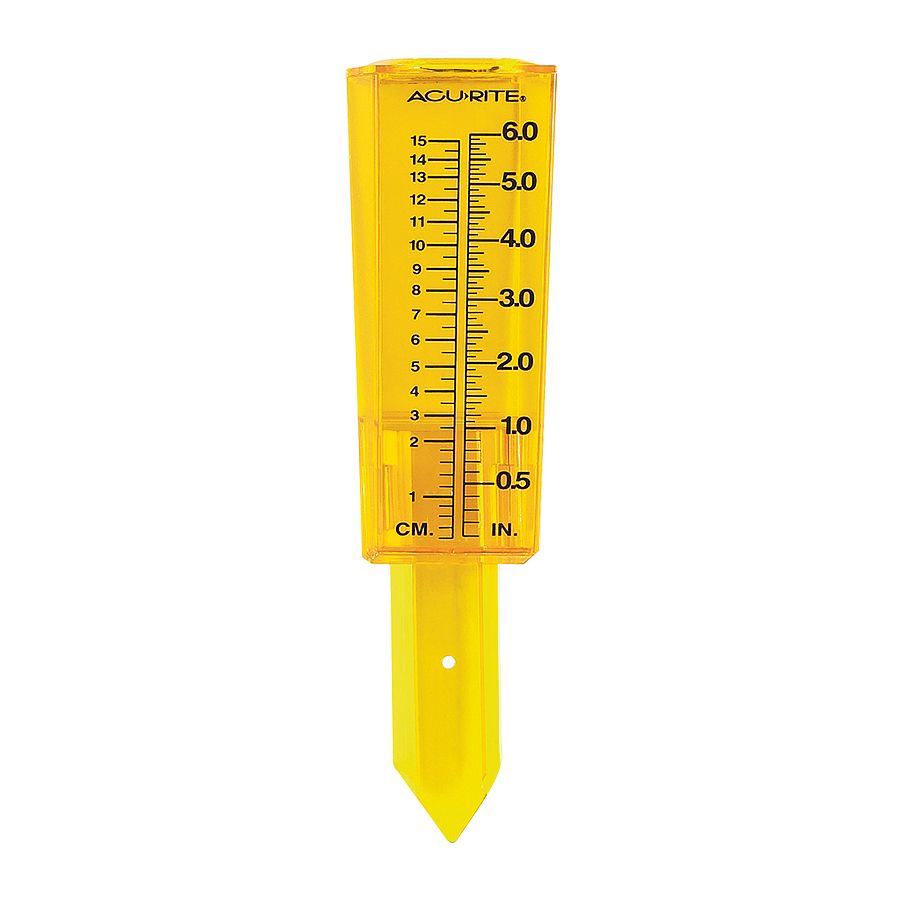The Rain Gauge: Vital Information and Ideal Practices for Weather Condition Fanatics
The Rain Gauge: Vital Information and Ideal Practices for Weather Condition Fanatics
Blog Article
Just How to Pick the Right Rainfall Scale for Accurate Rainfall Data
Accurate rainfall information is crucial for various markets and tasks, such as agriculture, water, and meteorology source management. To acquire reputable dimensions, it is necessary to pick the appropriate rain gauge. This guide aims to offer important insights into the selection procedure, permitting you to make enlightened choices. Thinking about aspects such as place, type, and accuracy of the rainfall scale will certainly assist guarantee precise data collection. Additionally, understanding the maintenance and calibration treatments will certainly add to the durability and reliability of your rain scale. By complying with these standards, you can make sure precise rains information, allowing much better decision-making and planning for different applications.
Significance of Picking the Right Rain Scale
The significance of picking the best rainfall gauge hinges on obtaining reputable and precise rainfall information for precise atmospheric analysis. Rain data is essential for a variety of applications, consisting of weather projecting, hydrological modeling, and climate research study. Inaccurate or undependable data can bring about erroneous final thoughts and flawed decision-making procedures.

Secondly, the accuracy and accuracy of the rainfall scale are paramount. The scale needs to have the ability to gauge rainfall with high accuracy, recording even small amounts of rainfall precisely. It ought to additionally decrease errors because of evaporation, wind, and other ecological aspects. Normal calibration and upkeep are necessary to make certain ongoing accuracy.
In addition, the location and setup of the rainfall gauge are vital factors to consider. It must be placed in an open location, away from blockages that could affect rainfall measurements. The gauge ought to be positioned at a suitable elevation and angle to stay clear of splashing and make certain proper catchment of rainwater.
Aspects to Think About When Choosing a Rain Scale
When picking a rainfall gauge, there are numerous crucial aspects to consider. There are different types offered, consisting of conventional rainfall assesses, tipping bucket rain gauges, and evaluating rainfall gauges.
An additional element to consider is the material of the rainfall scale. Rain gauges can be made from different materials, such as metal, glass, or plastic. The product picked must be resistant and durable to weather, making sure that the rainfall gauge will certainly endure the aspects and offer accurate dimensions with time.
Accuracy is also a vital aspect to take into consideration. Try to find rain determines that have actually been calibrated and examined for accuracy. Attributes such as anti-splash rings and funnels can additionally boost the precision of the measurements.

Finally, consider the environment and environment in which the rainfall scale will certainly be made use of. Different rainfall determines appropriate for various environments, so it is essential to pick one that is appropriate for the conditions in your area.
Different Sorts Of Rain Determines Readily Available
To better explore the elements to think about when picking a rainfall scale, it is important to understand the different types of rain assesses offered. The most usual kind is the standard rain gauge, also known as the cylindrical rain gauge.
Another kind of rain gauge is the tipping container rain scale. As the rainfall falls right into the scale, it fills up one side of the pail, triggering it to tip and empty the water.
A third sort of rain see this website gauge is the considering rainfall gauge. This scale utilizes a balance system to gauge the weight of the gathered rainfall. As the rainfall falls right into the scale, it is collected in a container attached to an equilibrium. The weight of the water is determined, and the rains quantity is calculated based upon the weight. Weighing rain assesses are extremely precise yet can be a lot more expensive and call for routine upkeep.
Lastly, there are additionally remote rain assesses that use advanced innovation to gauge rains (The Rain Gauge). These determines usage sensing units and transmitters to send out information wirelessly to a main device. Remote rainfall gauges are hassle-free for checking rains in hard-to-reach locations or for large-scale data collection
How to Figure out the Precision of a Rain Scale
One way to evaluate the accuracy of a rainfall gauge is by conducting normal calibration measurements. Calibration includes comparing the readings of a rain gauge to a typical measurement, such as a licensed rain scale or a weather station with high precision. By comparing the measurements, any disparities or mistakes in the rainfall scale can be identified and accounted for.
To conduct a calibration dimension, start by gathering rains information from both the rainfall scale and the typical dimension gadget over a particular amount of time, such as a month. After that, compare the analyses and calculate the difference in between them. This difference is called the calibration mistake.
It is vital to note that calibration dimensions ought to be executed frequently, as ecological elements, such as debris, wind, and temperature, can affect the accuracy of the rainfall scale gradually. By conducting routine calibrations, any type of changes in the precision of the rain scale can be detected and modifications can be made appropriately.
In enhancement to calibration, it is likewise advised to clean and keep the rain scale consistently to guarantee its accuracy. Remove any debris or obstructions that may affect the precision of the dimensions, and inspect for any signs of damage or wear that might require fixings or replacement.
Tips for Keeping and Adjusting Your Rain Gauge
Routine maintenance and calibration are vital for making certain visit this site the precision and integrity of your rain scale in gauging rainfall information (The Rain Gauge). By following a few easy suggestions, you can make sure that your rain gauge is properly check my site kept and adjusted
Firstly, it is very important to clean your rainfall scale frequently to stop any particles or dirt from blocking the rainfall collection device. Make use of a moderate detergent and a soft brush to gently cleanse the within and exterior of the scale. Rinse it thoroughly with clean water and permit it to completely dry totally before reinstalling it.
Secondly, it is advised to adjust your rainfall gauge a minimum of annually. Calibration entails comparing the measurements of your rainfall scale with those of a trusted and accurate reference gauge. This will certainly assist you identify and fix any prospective mistakes in your rain gauge's dimensions.
To adjust your rain scale, collect a recognized volume of water utilizing a determining container and contrast it with the measurements recorded by your rain gauge. Readjust the analyses accordingly to ensure precision.

Final Thought
In final thought, choosing the appropriate rain gauge is important for obtaining accurate rains information. Factors such as location, objective, and budget should be thought about when picking a rainfall scale. There are various sorts of rainfall determines offered, each with their very own benefits and limitations. It is very important to routinely keep and calibrate your rain gauge to guarantee its accuracy. By following these standards, exact rainfall data can be gotten for various applications.
There are various kinds available, including common rain assesses, tipping bucket rainfall evaluates, and considering rainfall assesses.To better explore the variables to consider when choosing a rain gauge, it is important to recognize the various kinds of rain assesses readily available. The most common type is the conventional rain scale, likewise recognized as the cylindrical rain gauge.One more kind of rainfall scale is the tipping bucket rainfall gauge. Calibration entails contrasting the readings of a rain scale to a basic measurement, such as a licensed rain scale or a weather terminal with high precision.
Report this page